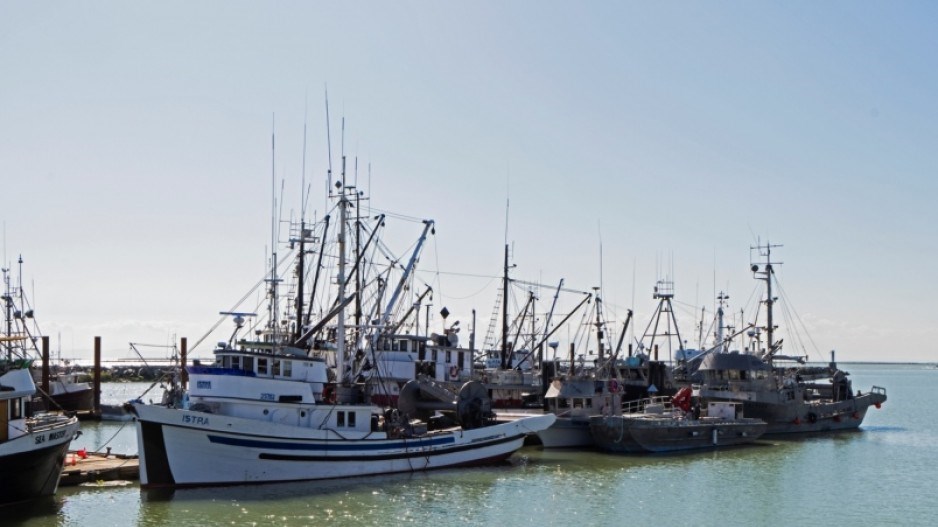B.C. commercial fishermen are now forced to resign themselves to the reality that they will be shut out of the Fraser River sockeye fishery for the fourth year in a row, and for some that means the end of the road.
“I think this is pretty much the end of the south coast salmon fleet,” said Dawn Webb, an organizer for the UFAWU-Unifor fisherman’s union.
Earlier in the season, fairly strong returns of sockeye for the Skeena River, Barkley Sound and early Stuart Fraser River sockeye seemed to bode well for a healthy enough return to allow for a commercial opening this year.
This is, after all, supposed to be a dominant year for Fraser River sockeye. But the latest run size estimates are that they will come in at about half the pre-season forecast of 9.8 million – about 5.5 million.
One of the most important sockeye populations – the Adams River late summer run – have been estimated to be returning at well below the pre-season forecast.The Pacific Salmon Commission (PSC) reports that the late summer run forecast has improved slightly for an adopted run size of 1.6 million, which is still well below the 3.7 million pre-season forecast.
Commercial openings are only allowed after escapement targets have been met, and First Nations allowed to catch their quotas for food, social and ceremonial (FSC) purposes.
“FSC has priority, and there are apparently in-river and up-river bands that have not received their FSC, so because there are constraints on the late stocks, we can’t go fishing,” Webb said.
Fishermen had hoped there might be a limited commercial opening announced today., based on decent run sizes of summer sockeye. But Webb said they have been told that won’t happen.
If there is any kind of commercial opening in the coming days, it will be so limited that many fishermen would have wasted $4,000 on a licence that they can’t use, not to mention the $10,000 it costs to get a gillnet or troll boat and gear ready -- $40,000 for a seine boat.
Kyle Louis, a First Nations commercial fisherman from Cowichan, has Area E (Fraser River) and Area D (Johnstone Strait) gillnet licences. He said it cost him about $10,000 to gear up to go fishing this year.
He sometimes does FSC fishing for First Nations under protocol agreements.
“The way we maintain food fishing vessels is through commercial fishing,” he said. “So most of the people impacted by this non-opening are actually First Nations.”
Louis said this year was the final straw.
“I’m selling my gillnetter this year,” he said. “I’m selling all my salmon gear and I’m going to look into leasing my licences, if anybody’s interested in continuing to fish salmon.
“This was our last shot at it,” he said. “I’m not even going to bother engaging anymore in commercial salmon fisheries.”
The south coast fleet has been “starved” for several years now, as salmon returns have been too low in recent years to allow for a commercial fishery. And fishermen have been getting little help from the federal government to help them transition from an industry that is dying.
Two years ago, they were promised a labour force adjustment program that would allow fishermen to sell their licences and retire, Webb said. The union has been asking the federal government when the program might be delivered.
“We’ve heard nothing back from them,” Webb said. “We have called for a labour force adjustment and we have been stonewalled at every turn.”
And even if the federal government buys back licences, that doesn’t help fishermen who own boats but don’t own licences.
“Vague promises of a licence buyback won’t help the majority of the fleet or crews or shore workers,” Webb said. “The biggest owner of salmon licences by dollar value is Canadian Fishing Company.”




